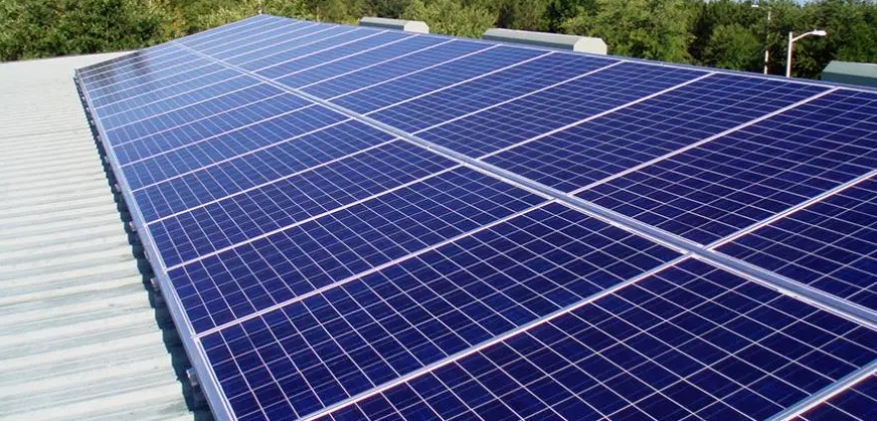
来自剑桥大学卡文迪许实验室、剑桥大学化学工程与生物技术系和日本冲绳科学技术研究所的研究人员共同发现,限制钙钛矿(太阳能电池的廉价替代材料)效率的微小缺陷也是导致材料结构变化从而发生降解的原因。
Researchers from Cambridge’s Cavendish Laboratory, Cambridge’s Department of Chemical Engineering and Biotechnology and the Okinawa Institute of Science and Technology (OIST) in Japan have found that the tiny defects which limit the efficiency of perovskites – cheaper alternative materials for solar cells – are also responsible for structural changes in the material that lead to degradation.
研究人员使用多种技术来模拟其在阳光下的老化过程,并观察材料在纳米尺度上的变化,这让他们对材料有了新的认识,显示出材料在光电应用方面的潜力,例如节能 LED 和 X- 射线探测器,但寿命有限。
The researchers used a combination of techniques to mimic the process of aging under sunlight and observe changes in the materials at the nanoscale, helping them gain new insights into the materials, which also show potential for optoelectronic applications such as energy-efficient LEDs and X-ray detectors, but are limited in their longevity.
他们的研究结果发表在《自然》杂志上,有助于显著加快寿命持久且可商用的钙钛矿光伏电池的技术开发。
Their results, reported in the journal Nature, could significantly accelerate the development of long-lasting, commercially available perovskite photovoltaics.
钙钛矿比晶体硅产量丰富且加工成本更低。它们可以用液体墨水制备,只需简单印刷即可生产材料薄膜。
Perovksites are abundant and much cheaper to process than crystalline silicon. They can be prepared in liquid ink that is simply printed to produce a thin film of the material.